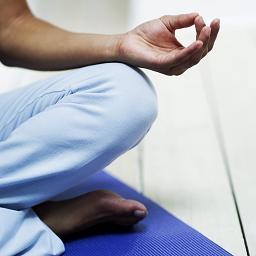Health tips come in many forms: blogs, pamphlets, and magazine articles, to name a few. We like quick, actionable tips we can run with immediately, so here are a few of our favorites. We hope they’ll help you take charge of your health and enjoy your life even more.
Drink plenty of water.
Get your eight glasses every day, and watch your skin become smoother, your eyes shine brighter, and your entire body function better. Some will say you need half your weight in ounces a day instead of the 8 glasses, so if you weigh 120 lbs, you’ll need 60 ounces a day, which is about 8 glasses.
Quit tobacco.
The cigarette and chewing tobacco companies add hundreds of chemicals to their products. Quit, and you’ll stop poisoning your system with the junk.
Try green tea instead of coffee.
Green tea has numerous health benefits, while coffee has much fewer. Green tea is satisfying and delicious.
Make your focus moving, not exercise.
When we hear the word “exercise,” most of us feel our eyes glaze over, but it doesn’t have to be the grueling workout we think of. Move! Go dancing, park your car farther away, walk the dog.
Touch is therapeutic.
Touch lowers blood pressure, raises neurotransmitter levels, and just makes you feel good. Pet a dog, hug your kids, and hold your spouse’s hand.
Use coconut oil for cooking.
It’s much healthier than vegetable or canola oil, and its medium-chain fatty acids are good for you. Tastes better too!
Do your monthly self-exams and get your mammogram.
Of course we’d tell you this tip! It’s self-explanatory.
Have your PSA checked every year.
This is the blood marker for prostate cancer, and the test is easy.
Watch your food labels.
Read labels to make sure food has what you want in it, and none of what you don’t want. Good things to stay away from are high-fructose corn syrup, hydrogenated oil, and monosodium glutamate.
Try quick one-minute exercises.
Yes, I know we banned “exercise” from the vocabulary, but these exercises are fun and easy. They include standing on one leg, holding in your stomach, or doing a plank position for 30–60 seconds.
Laugh.
Yes, that’s it. Just laugh it up and raise your happiness level. You’ll feel better, your eyes will shine, and you’ll breathe deeply.
Speaking of breathing…
Most of us breathe very shallowly, so try breathing slowly deep into your chest and down into your stomach. Then blow out, hard. Get all that air out. You’ll be surprised how much “stale” air you have in your lungs.
Eat fruits and veggies of every color.
The colors signify the antioxidants present in the food, and eating a variety of colors means you’re eating a variety of nutrients.
Walk barefoot when you can.
Going without shoes helps you exercise your feet. Your toes get to stretch, and you can feel the ground beneath your feet… always uplifting!
Finally, get a checkup every year!
Tell us your best health tip!















